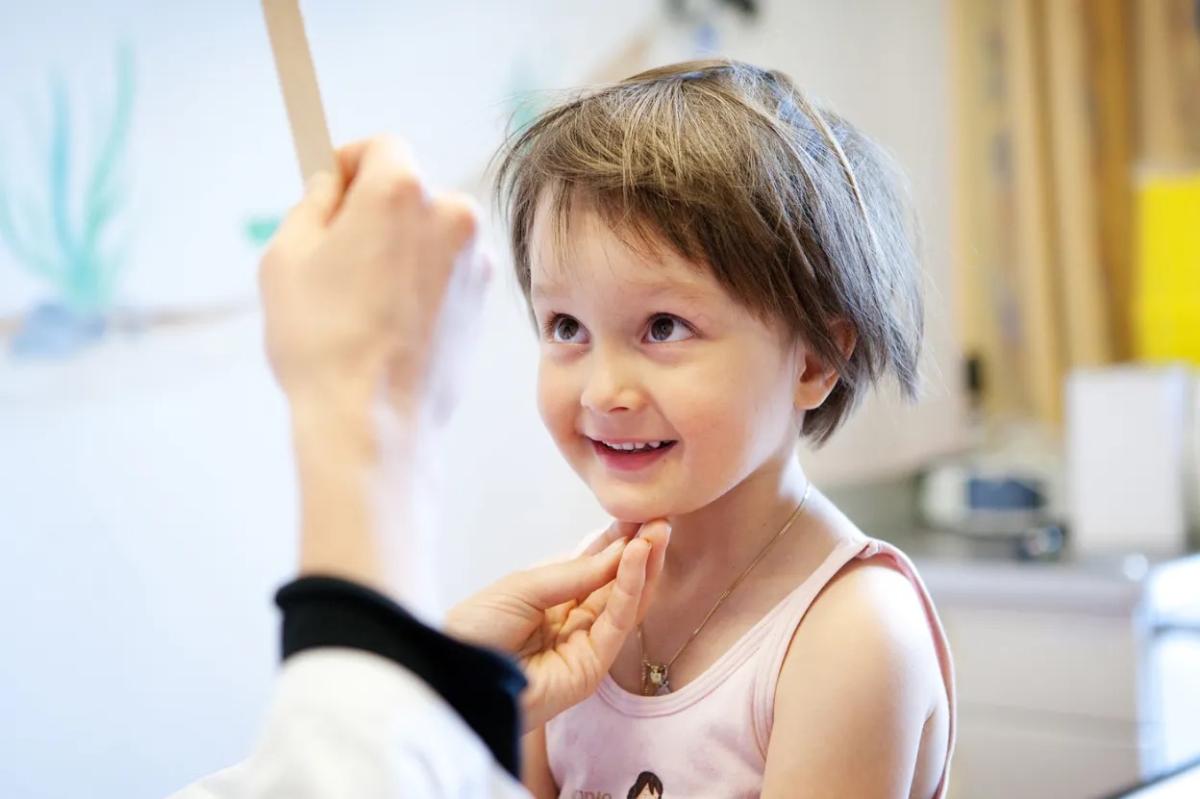VMware: Finding Treatments for Children With Rare Diseases
Published 09-28-23
Submitted by VMware

Finding the cause of a rare disease is often like looking for a needle in a haystack. More than 80 percent of rare diseases are genetic in origin[i], and dedicated medical researchers can spend their careers looking for just one tiny defect in one gene that could explain hugely complex conditions.
The World Health Organization tells us that between one and two percent of children are born with this kind of rare disease, but more than 90 percent of such conditions have no approved therapy[ii]—despite huge and ongoing advancements in medicine and the technology that supports it.
The research is not easy. A disease is considered rare if less than 1 in 2,000 people are affected[iii]. There is, naturally, little literature available. And, although they collectively affect millions of people worldwide, these kinds of diseases rarely get public attention and consequently suffer from a lack of funding. That inevitably slows down the research process and hinders the development of potential new treatments.
Of course, finding that all-important needle and making thousands of lives better is much easier when significant computational power is directed towards the search. Artificial Intelligence (AI) is already changing the timescales involved in medical research, and its potential is hugely important for understanding, preventing and treating all kinds of medical conditions.
So, when Germany’s Care-For-Rare Foundation, a non-profit committed to the rapid diagnosis and treatment of rare diseases in children, received a decommissioned server from the University Hospital in Munich as a donation, its team was delighted. It had a real chance to create an innovative project that would bring the power of AI to its own work.
There was only one problem. The University Hospital IT team would manage the server, but only if it the foundation would provide a VMware license key as this is the virtualization technology they are using in the hospital. As a non-profit, Care-for-Rare had limited resources to spend, which meant that the cost of licensing the necessary software threatened to halt valuable progress.
That was when the foundation contacted VMware’s Healthcare and Life Sciences EMEA team. The value and importance of the work that the foundation does was clear, so the team stepped in to ensure Care-For-Rare had access to the vSphere licenses needed. Organizations like Care-for-Rare already have enough challenges. Technology shouldn't be one of them—especially when it comes to helping sick children and their families.
It was exactly the kind of program that the VMware Academic Software Licensing Program is designed to support—the use of virtualization applications in teaching and research for non-profit projects. Through this program, part of VMware IT Academy, we can provide desktop or infrastructure software to be used in a number of ways, including in certain research projects, at no cost to end users. It also comes under one of the equity goals of the VMware 2030 Agenda, a program for building a more sustainable, equitable and secure future. This includes our commitment to co-innovation with non-profits.
Once the VMware solution was in place, Care-for-Rare’s researchers could start constructing an AI platform and open channels of communication between doctors and scientists around the world to enhance the diagnosis of rare diseases and foster the development of new treatments.
One example of Care-for-Rare’s use of AI is the Scivias project at the Dr. von Hauner Children's Hospital in Munich. Doctors use an eye scanner to capture an image of the back of the eyes of young volunteer patients. Then thousands of images and data sets are examined by an AI algorithm to find patterns in the eye that could give conclusions about different diseases, an impossible task for humans.
At VMware, we believe that technology is a force for good and the work at the Children’s hospital is a great example of what AI can potentially achieve. This will pave the way for clinical studies aimed at preventing severe, complex and rare diseases, and we’re delighted to have played a small part in making it happen.
Find out more here.
Click here to view the original content.


